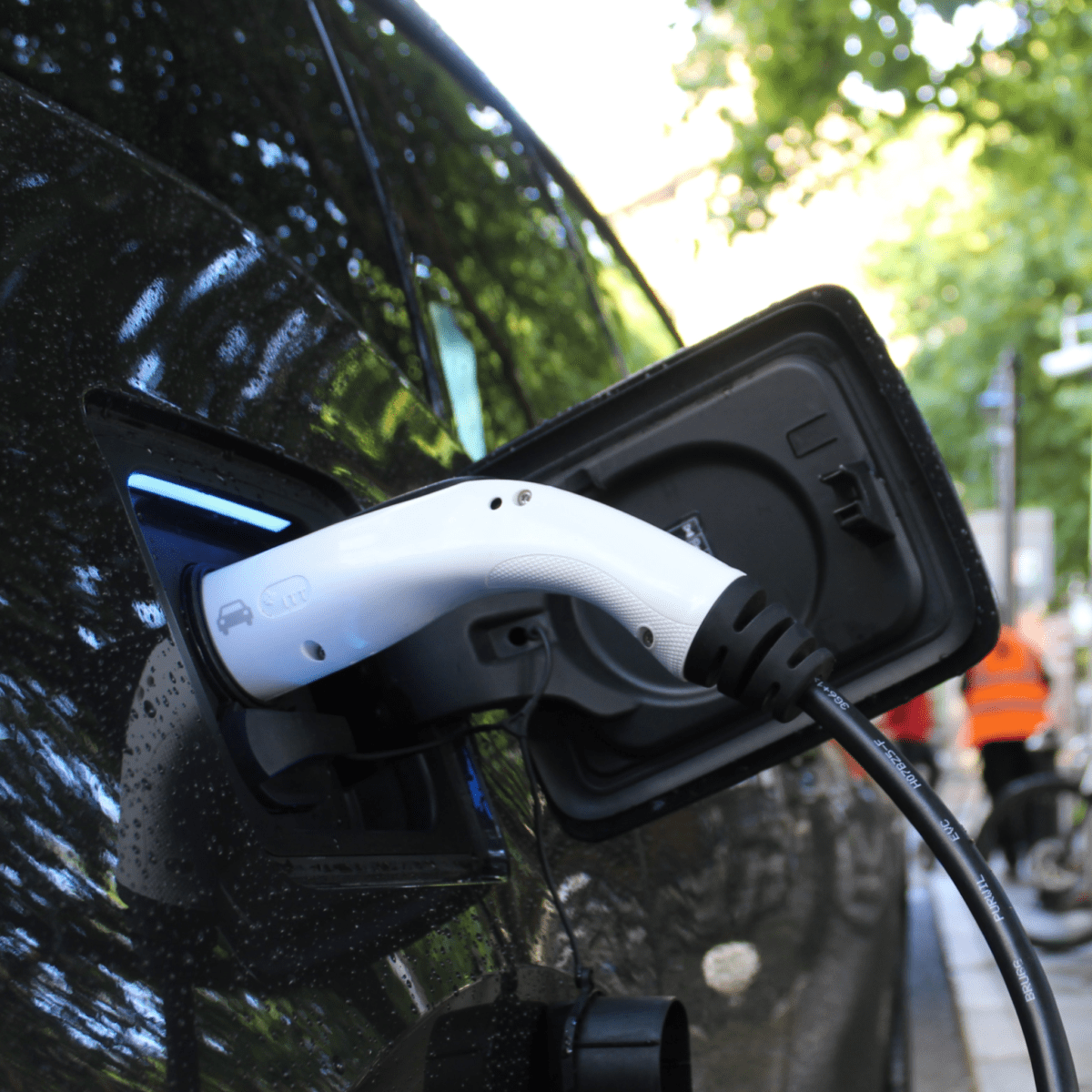
Research investigates new niobium-based materials for improving electrical energy storage
The search for clean and renewable energy sources has intensified in recent years, due to the continuous increase in the concentration of greenhouse gases in the atmosphere, such as carbon dioxide. Also part of this search is the development of new systems to store and supply energy for various applications, from electric cars and buses to portable electronics. Thus, devices such as lithium batteries, flow batteries and supercapacitors are studied to meet these new demands.
Supercapacitors are a class of energy storage devices that combine the properties of batteries (high storage capacity) and capacitors (ultra-fast charging and power supply), tolerating many charge and discharge cycles. However, this type of device still has several drawbacks: the energy storage capacity is lower than that of conventional batteries; the observed voltage discharge curve can prevent the use of all stored energy; and in some cases, a high self-discharge is verified.
To overcome these limitations and maintain the typical advantages of both batteries and capacitors, current researches are mixing battery elements in supercapacitor devices to increase their energy density. Thus, materials normally used in battery electrodes are inserted in supercapacitors electrodes. From this combination arises the supercapacitor class called pseudocapacitors. In this context, Rafael Vicentini et al. [1] investigated carbon-based electrodes decorated with niobium pentoxide ($\rm Nb_2O_5$) to be used as pseudocapacitors.
In the manufacturing process, ($\rm Nb_2O_5$) nanoparticles are partially covered with a thin layer of mesoporous carbon, which leads to better electrical conductivity for the electrode. The composite electrode proved to be very stable in aqueous electrolytes, allowing it to be studied by conventional electrochemical methods and under in-situ conditions. For this study, Raman spectroscopy and X-ray diffraction were used, the latter performed on the XPD beamline of the Brazilian Synchrotron Light Laboratory (LNLS), with which it was possible to monitor the process of charge and discharge of the pseudocapacitor during its operation.
At the end, the group found that the electrodes based on carbon and decorated with niobium pentoxide have excellent characteristics to be used in the storage of electrical energy, including high capacitance, long service life (more than 500 thousand charge and discharge cycles) and high energy density and power.
Source: [1] Rafael Vicentini, Willian Nunes, Bruno G.A. Freitas, Leonardo M. Da Silva, Davi Marcelo Soares, Reinaldo Cesar, Cristiane B. Rodella, Hudson Zanin, Niobium pentoxide nanoparticles @ multi-walled carbon nanotubes and activated carbon composite material as electrodes for electrochemical capacitors, Energy Storage Materials 22 (2019) 311–322. DOI: 10.1016/j.ensm.2019.08.007.
Research contributes to the design of more effective antibiotics and anticancer compounds
Research investigates the use of nanoparticles to accurately deliver drugs to pathogens